Best Times for Foundation Repairs
Foundation repairs are most effective when performed during specific times of the year, depending on weather conditions and soil stability. The optimal periods are typically during moderate temperatures and dry conditions, which help ensure proper curing and adhesion of repair materials. Spring and early fall often provide favorable conditions for foundation work, avoiding the extreme cold of winter and the excessive heat of summer.
Spring offers moderate temperatures and less moisture, making it suitable for foundation repairs. Soil tends to be less frozen, facilitating easier access and work conditions.
Early fall provides cooler weather and lower humidity, which are ideal for foundation work before winter sets in.
Winter conditions, especially in colder climates like Wisconsin, can hinder foundation repairs due to frozen ground and increased moisture, which can affect repair materials.
High temperatures and dry conditions can cause materials to cure too quickly or crack, making summer less ideal for foundation repairs.
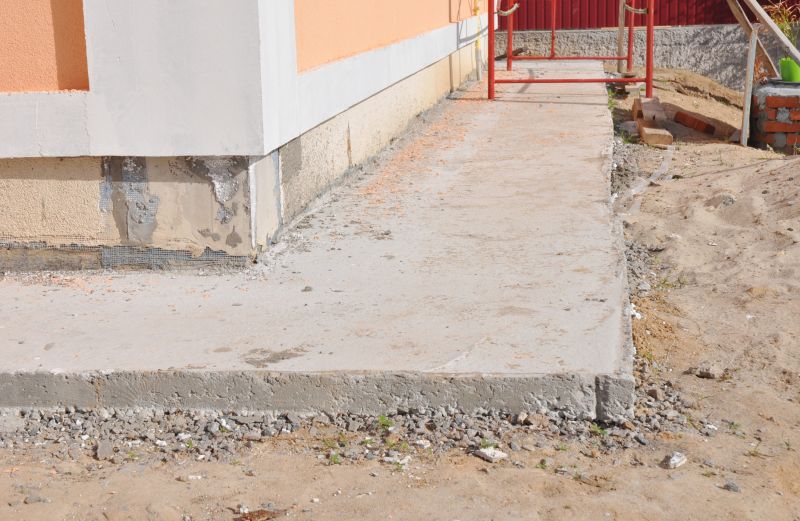
Springtime offers ideal conditions for foundation stabilization projects.
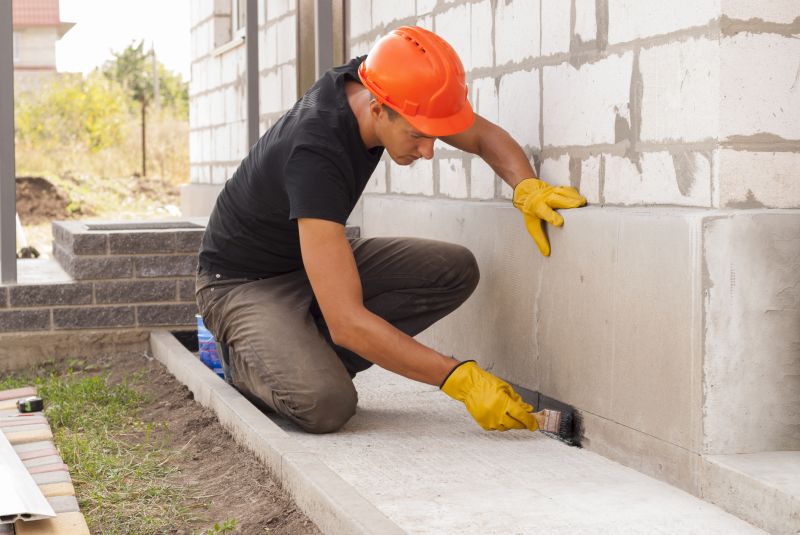
Fall provides optimal weather for effective foundation repairs before winter.

Cold and frozen ground can complicate foundation repair efforts.

Ways to make Foundation Repairs work in tight or awkward layouts.
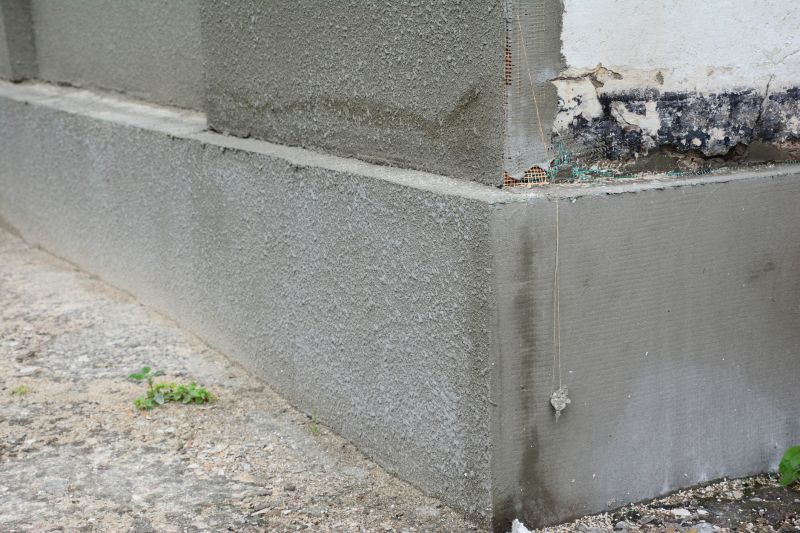
Popular materials for Foundation Repairs and why they hold up over time.
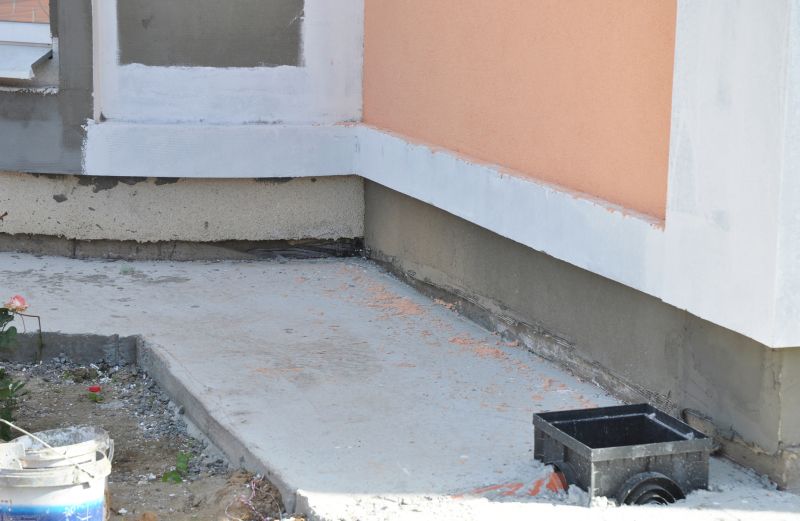
Simple add-ons that improve Foundation Repairs without blowing the budget.

High-end options that actually feel worth it for Foundation Repairs.
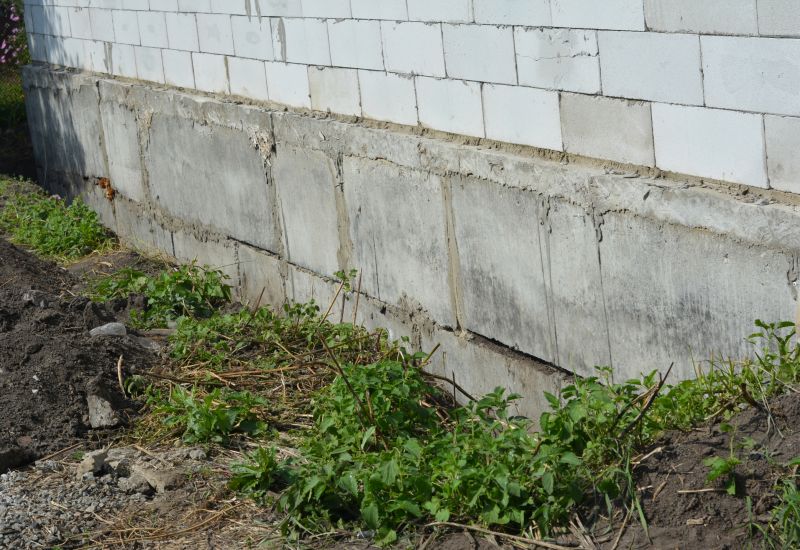
Finishes and colors that play nicely with Foundation Repairs.
| Season | Recommended Conditions |
|---|---|
| Spring | Moderate temperatures, less moisture, soil thawed |
| Summer | High temperatures, dry conditions, potential for cracking |
| Fall | Cooler weather, lower humidity, soil stable |
| Winter | Frozen ground, increased moisture, difficult access |
Foundation repairs are crucial for maintaining the structural integrity of a building. They address issues such as settling, cracking, and shifting that can compromise safety and property value. Proper timing ensures repairs are effective and durable. Weather conditions significantly influence the success of foundation work, with dry, moderate temperatures being most favorable. Soil conditions, including moisture levels and freeze-thaw cycles, also impact repair strategies and outcomes.
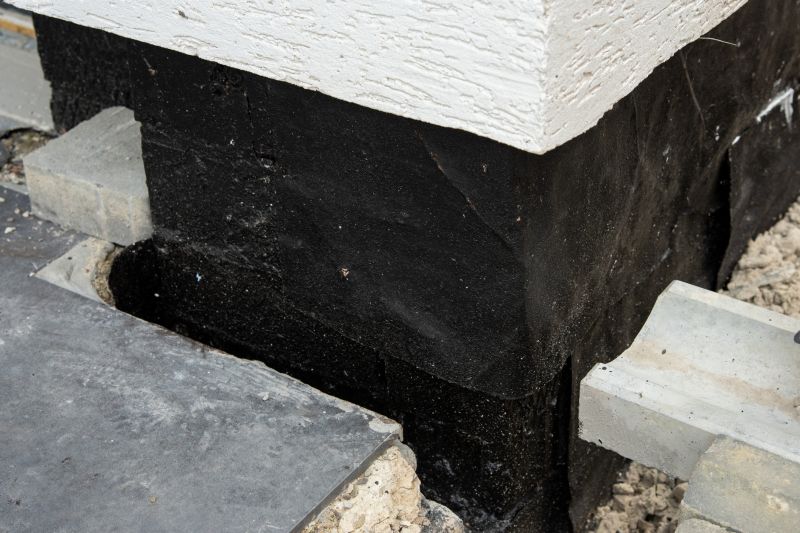
Proper timing ensures effective stabilization and long-lasting results.
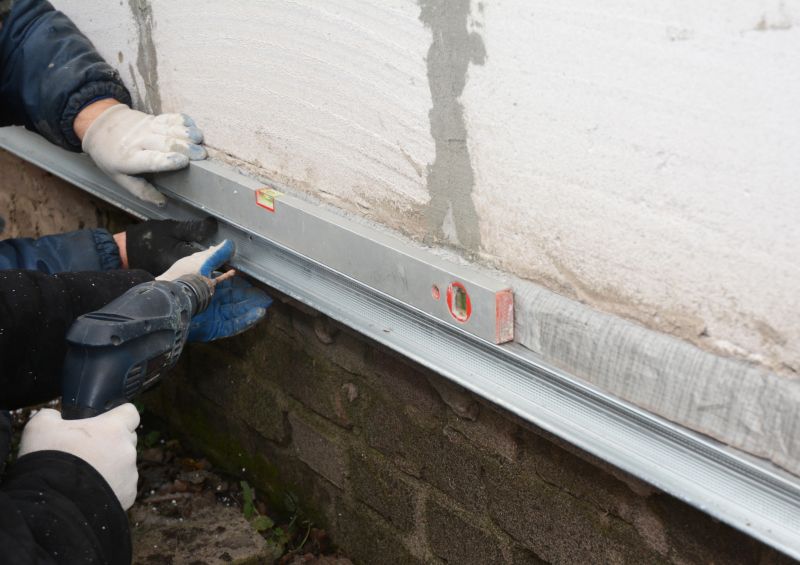
Soil conditions are a key factor in scheduling foundation repairs.

Materials cure better in moderate weather conditions.

Optimal weather reduces delays in foundation repair projects.

Little measurements that prevent headaches on Foundation Repairs day.
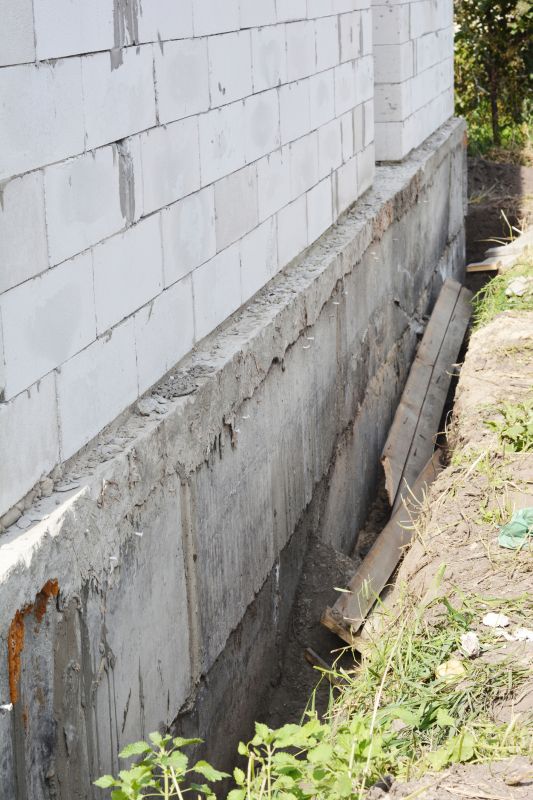
A 60-second routine that keeps Foundation Repairs looking new.
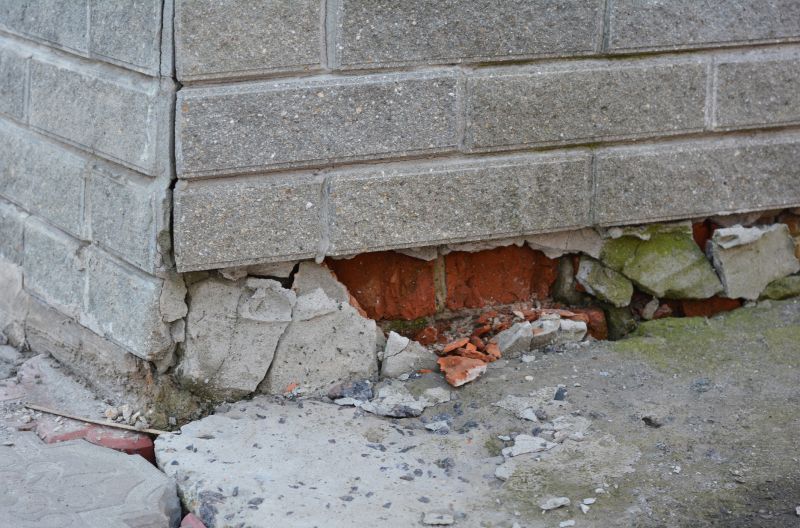
A frequent mistake in Foundation Repairs and how to dodge it.
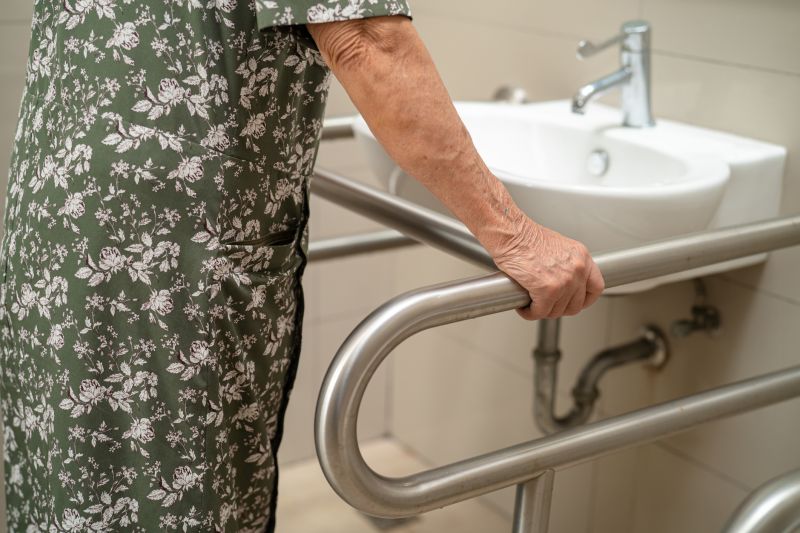
Small tweaks to make Foundation Repairs safer and easier to use.
Timely foundation repairs can prevent further structural damage and costly future repairs. Understanding seasonal impacts and weather patterns helps in planning effective interventions. Consulting with foundation specialists ensures that repairs are scheduled during the most suitable periods for specific site conditions, leading to better results and increased longevity of the repair work.


